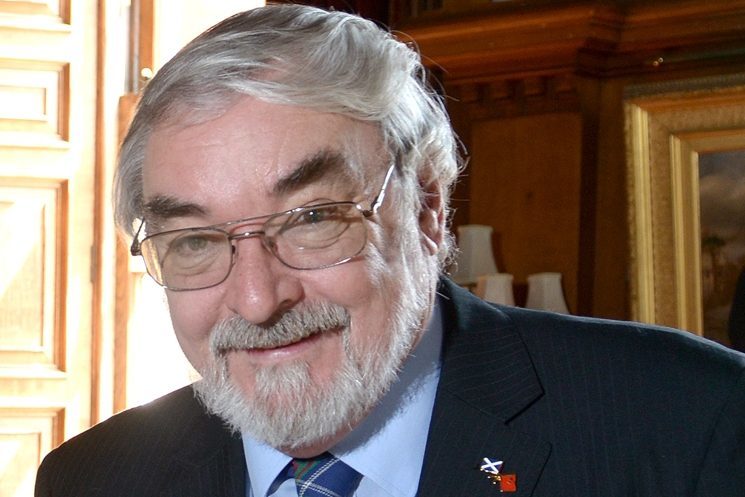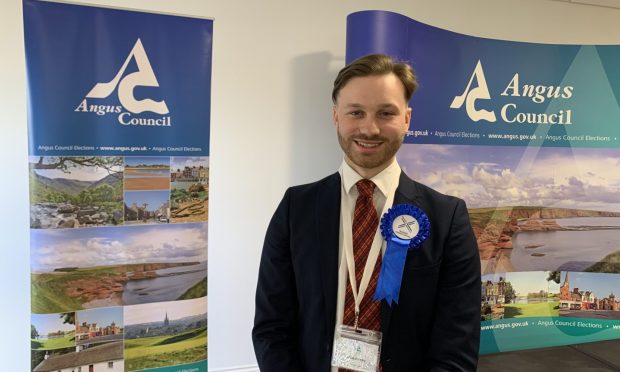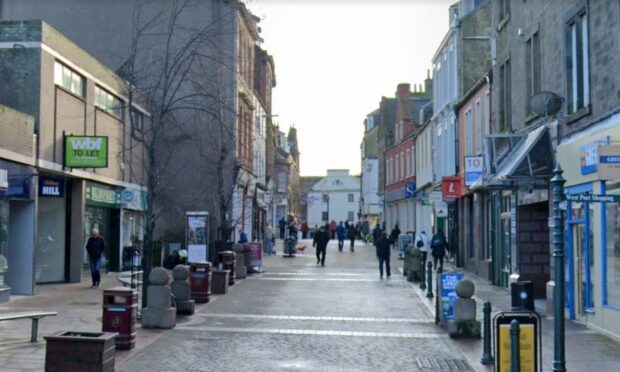Angus Council is raising the insurance excess it pays on its leisure centres, libraries and offices from £5,000 to £500,000 per claim to cut its annual premium costs.
The “higher risk” approach means the council would pay the first £500,000 of any insurance claim for its ‘general’ properties, which it classes as everything except housing or schools.
It is also raising the excess on its housing properties from £5,000 to £100,000 per claim.
The excess level for housing and general properties is set so high none of the more than 9,000 claims in the past decade would breach the new thresholds.
The council is also upping the excess on its motor insurance from £500 to £25,000 a claim.
Council officers anticipate the changes will save in the region of £358,000 a year based on analysis of the last 10 years of claims.
Some insurance cover will be dropped altogether in the new policy from Zurich Municipal, which will apply from April. there will be no cover for defamation, personal accident, incidents under the Public Health Act and computers.
The potential savings were identified after a review which weighed up the reduced cost of the insurance premiums against the increased amount the council will have to pay out of its own pocket due to the higher excesses.
The move, described as “greater risk” by council officers, was approved at a meeting of the council’s policy and resources committee.
Angus Council leader Iain Gaul said: “The balance of probability is that this is going to save us money. We are at the stage now that we are looking at every single thing possible to cut down the council bill.
“The more we can cut things like this, the more we can protect frontline services.”
Mr Gaul acknowledged that there was an element of risk and said it was fortunate the council had suffered few “major incidents” in recent times.
The largest claim on the general property category, which insures £283m of buildings, has been £49,000.
He added: “Officers have looked at this and they are telling us it’s a risk – just because it’s not happened in the past doesn’t mean it won’t happen in the future but the which is what we are here for.
“But the officers have done their homework and are telling us that the risk is reasonably small.”
North East MSP Liam Kerr said the approach raised a number of questions.
He said: “I think the public would also be entitled to ask if this high risk strategy is being pursued simply in response to funding cuts from the Scottish Government.
“If that is the case, then that is a worrying development and I would be interested to see if other councils are to follow suit.”
A decade of insurance claims
The astonishing volume of claims is laid out in Angus Council’s analysis of its insurance portfolio.
An average of more than two claims a day are made by its housing portfolio of around 7,800 properties.
Over 10 years there have been 7,520 claims at a total cost of £3.4m. The highest pay-out was £75,000 and the average claim is £454.
In the general property category – which the council classes as anything that isn’t housing or schools – there have been 1,415 claims over the past 10 years.
The total amount claimed over the past decade is £542,000, an average of £383 a claim. The highest claim has been £49,000.
More than three claims a week is made by its education estate, with 1,770 claims over the past 10 years at a total cost of £706,000.
This figure excludes the £2.7m claim with was made after Southmuir Primary School in Kirriemuir was deliberately burnt down in 2006.
There have been 2,093 public liability claims in the past 10 years at a cost of £1.5m and 2,552 motoring claims over the period at a cost of £1.3m.










